

USU Student Body President Matt Richey welcomed students back to campus for the 2024-25 year.
Take



USU Student Body President Matt Richey welcomed students back to campus for the 2024-25 year.
Take
By Aubrey Holdaway NEWS REPORTER
THIS STORY IS PUBLISHED AS PART OF U.S. DEMOCRACY DAY AND THE UTAH COLLEGE MEDIA COLLABORATIVE, A CROSS-CAMPUS PROJECT BRINGING TOGETHER
EMERGING JOURNALISTS FROM SALT LAKE COMMUNITY COLLEGE, THE UNIVERSITY OF UTAH, UTAH STATE UNIVERSITY, UTAH TECH UNIVERSITY AND WEBER STATE UNIVERSITY.
The 2024 presidential election is set to be held on Nov. 5, 2024. Among many issues in politics, higher education has long been pivotal to voters. Candidates from every party propose different approaches to address rising tuition costs, student debt, and access to education.
In recent years, the higher education policies and views of Democratic nominee Kamala Harris and Republican nominee Donald Trump have illuminated notable differences in ideology and priorities.
Trump has not advocated for widespread student loan forgiveness, stating that it is unfair to the people who have worked to pay their debts. Trump also suggested eliminating the Public Service Loan Forgiveness program, which forgives the student loans of borrowers working in public service for ten years. However, Trump has proposed simplifying student loan payment plans, consolidating multiple repayment options into one income-driven repayment plan and capping monthly payments at 12.5% of discretionary income. Additionally, in 2019 Trump directed the Department of Education to remove barriers so that veterans with severe disabilities could see debt relief more easily, expecting to impact 25,000 veterans who previously didn’t qualify.
Harris has been a strong proponent of student loan forgiveness, particularly for low and middle-income borrowers. While serving in the Senate, she supported initiatives to forgive up to $50,000 of federal student loan debt for each borrower. As the attorney general of California, Harris sued Corinthians College in 2013 for misrepresenting students’ job prospects and false and deceptive advertising.
The Biden-Harris administration has forgiven $168.5 billion in federal student loans since January 2021. In May 2022, Politico reported that Harris strongly supported this initiative and wanted to forgive even more loans than Biden was originally willing to concede.
Under Trump, the Department of Education revised Title IX regulations for how colleges handle sexual harassment and assault cases. The revisions aimed to provide greater protections for those accused of misconduct, emphasizing due process rights in disciplinary proceedings.
Title IX- Harris
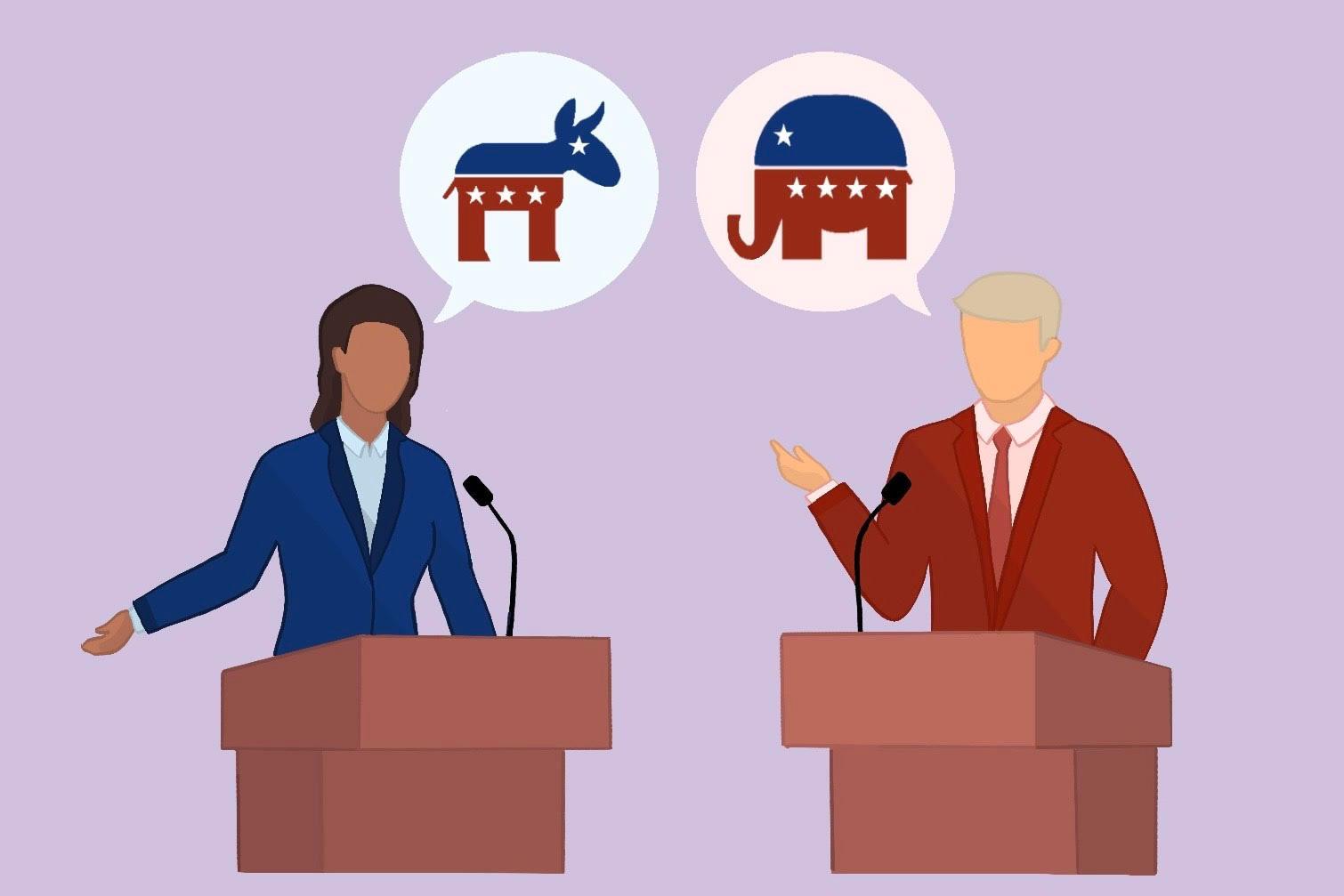
During the Trump administration, Harris co-signed a letter urging the Department of Education to rescind a proposed rule requiring colleges to hold hearings to decide sexual harassment claims, among other changes to the student reporting process.
“We urge you to listen to students, schools, and survivors across this country, abandon this harmful proposal, and start over in order to draft a rule consistent with the requirements in Title IX that truly addresses the scourge of sexual assault in our classrooms, on our campuses, and wherever our students live and learn,” the letter said, in part.
The Biden-Harris administration has instituted new rules reversing many of the Trump-era Title IX policies, and a Harris presidency would likely continue this effort.
Trump’s Education Department discouraged the use of race in college admissions decisions and investigated Princeton University in fall 2020 after its president acknowledged that institutional racism exists on the campus.
Trump has become an opponent of critical race theory (CRT) and banned federal agencies from holding trainings about systemic racism while in office. He also banned “divisive concepts” in federally funded programs.
Minority-Serving Institutions- Harris
Harris, a graduate of Howard University, one of the most
prominent Historically Black Colleges and Universities, has advocated for increased funding for HBCUs and Minority-Serving Institutions.

story as a journalism student with Utah State University’s The Utah Statesman. Her article is part of U.S. Democracy Day, a nationwide collaborative on Sept. 15, the International Day of Democracy, in which news organizations cover how democracy works and the threats it faces. To learn more, visit usdemocracyday.org.
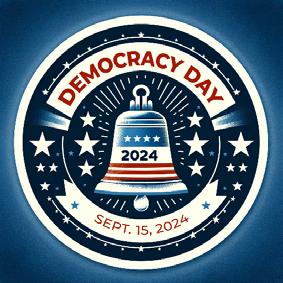

Aubrey Holdaway is a junior studying print journalism. She loves doing anything outside, the band Pinegrove and listening to hours of true crime podcasts in an effort to become invincible.
— a.holdaway@usu.edu
ear Fellow Aggies,
Welcome back to Utah State University! As we step into the new academic year, I’m filled with excitement and reflection. Whether you’re returning for another year or joining our community for the first time, I want you to know that we are thrilled to have you here. This year, more than ever, our campus is a place where your presence is both valued and needed. Over the summer, our community faced some significant challenges. These events have tested us, brought us together, and reminded us of the resilience that defines us as Aggies. I want to acknowledge the difficulties we’ve all experienced — on the personal and community level. It hasn’t been easy, but in true Aggie spirit, we will navigate these times with strength and unity.
Our campus culture is vibrant and energetic! With all sorts of student events and organizations, student life here is unparalleled. This fall, as we come together once again, let’s commit to fostering a welcoming environment where everyone feels they belong. It’s important that we take the time to support one another, to listen, and to learn from each other. Everyone deserves to call Utah State home.

As we embark on this new academic journey, let’s also remember to take care of ourselves. Balancing academic responsibilities with personal well-being is crucial, and there are numerous resources available to assist you in doing so.
One of the most remarkable aspects of our Aggie community is our ability to support each other during tough times. I encourage you to lean on the support systems available on campus — whether that’s through friends, faculty, student organizations, or university resources. You are always free to reach out to me or any of the USUSA Officers with questions, concerns, or just if you need a friend. If you don’t believe me, I challenge you to stop by my office! You are not alone, and we are all here to help one another succeed. This year, I challenge each of us to focus on rebuilding and strengthening the bonds that connect us. Let’s make it a priority to reach out to those who might feel isolated, to engage in meaningful conversations, and to be intentional about creating an inclusive campus culture. Our experiences over the summer have highlighted the importance of community, and it’s up to each of us to ensure that every student feels welcome, supported, and valued.
From mental health services to academic advising, Utah State University is committed to your success in all aspects of your life.
In closing, I want to express how much I’m looking forward to seeing what we accomplish this year. We are set up for success in so many areas. As we move forward, let’s continue to build a community where kindness, respect, and understanding are at the forefront of all we do.
Here’s to a successful and fulfilling year ahead. Let’s make this year one of growth, connection, and achievement.
Welcome back, Aggies!
Matt Richey, Student Body President
You can contact the president at president.ususa@usu.edu

By Justin Brewster NEWS REPORTER
On July 1, the Inclusion Center located on Utah State’s Logan campus closed its doors for reorganization. Before closure, the Inclusion Center held a town hall open for all students and was attended both in person in the Inclusion Center and via Zoom on June 8. The town hall was about the closing, the logistics behind the closure and the effects of the closure on many of the clubs and student organizations associated with it.
The Inclusion Center was a place where students could go to hang out and study and where the professional development of clubs and student organizations occurred.
Its closure and reorganization was brought about by the new Utah law, H.B. 261 Equal Opportunity Initiatives, which was signed into law on Jan. 30 2024 and took effect July 1.
Not long after the passing of H.B. 261, the Utah State Board of Education released an updated policy for both schools and institutions of higher education
In it, the law states, “This bill prohibits an institution of higher education, the public education system, and a governmental employer from taking certain actions and engaging in discriminatory practices.”
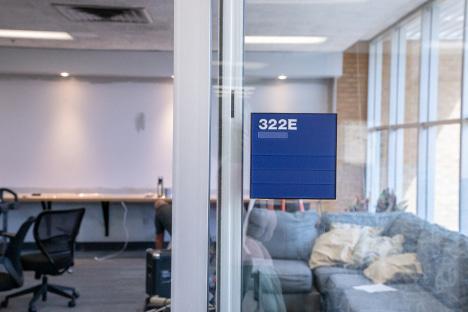

While many of the clubs and organizations within the Inclusion Center catered more specifically to underrepresented identities such as the LGBTQ community, they were open for all, and membership within these organizations didn’t require members to be a part of that specific group.
A general shape of how the reorganization would look was stated in an email that President Cantwell sent out to the student body on June 18.
Multiple topics and changes were talked of in the email, including the appointment of Dr. Laurens H. Smith to oversee a range of various university affairs. It was also explicit in regards to the closing of the inclusion center. “Student clubs previously housed in the Inclusion Center will be moved to Student Involvement and Leadership where they will be supported and operated consistent with the USUSA clubs and organizations’ policies and procedures,” the email stated.
utive director, “it is not the biggest team, and so now having to extend it to a larger audience, to all of the student body — it would put a lot of pressure on them.” Velazquez predicts that expansion of such services might be required.
As many of these clubs are moved to USUSA, they will have the ability to request up to $500 from the Executive Leadership Board, but this won’t be enough to cover larger events that are planned, such as Queer Prom.

The theory behind the new law is that equal opportunities will be created for everyone, and it argues that centers and organizations that cater to minorities are prioritizing those students over others.
Many within the USU community, especially those in connection with clubs that were under the Inclusion Center such as USU’s Black Student Union and the Queer Students Alliance, question how genuine the intent is. “The law kind of comes into play with this misinformed idea that places like the Inclusion Center, like cultural centers, like things that maybe seem to cater towards marginalized students are, like, prioritizing those students over others,” said Yash Rivera, the president of the Christian alliance club at USU. “When really, those services are open to all students, and they benefit the campus as a whole.”
Student support services that were offered under the Inclusion Center will now be under the direction of central student support services, such as the CARE Team and Academic Belonging and Learning Excellence.
A new center for the study of community will be created, where community building, cultural celebrations and education can occur. This will all be directed by the Executive Vice President Paul Barr.
The new policy released by the State Board of Education is that student organizations must either be cultural centers or student support centers, not both.
For this reason, cultural centers like the Latinx Cultural Center will remain but are being reviewed to determine if they will be student support centers or remain cultural centers.
For clubs and organizations that are switching to student support, staffing is an issue. For my organizations exec-

Justin Brewster is a sophmore student currently studying international studies and flipping a coin to figure out what he is going to minor in.
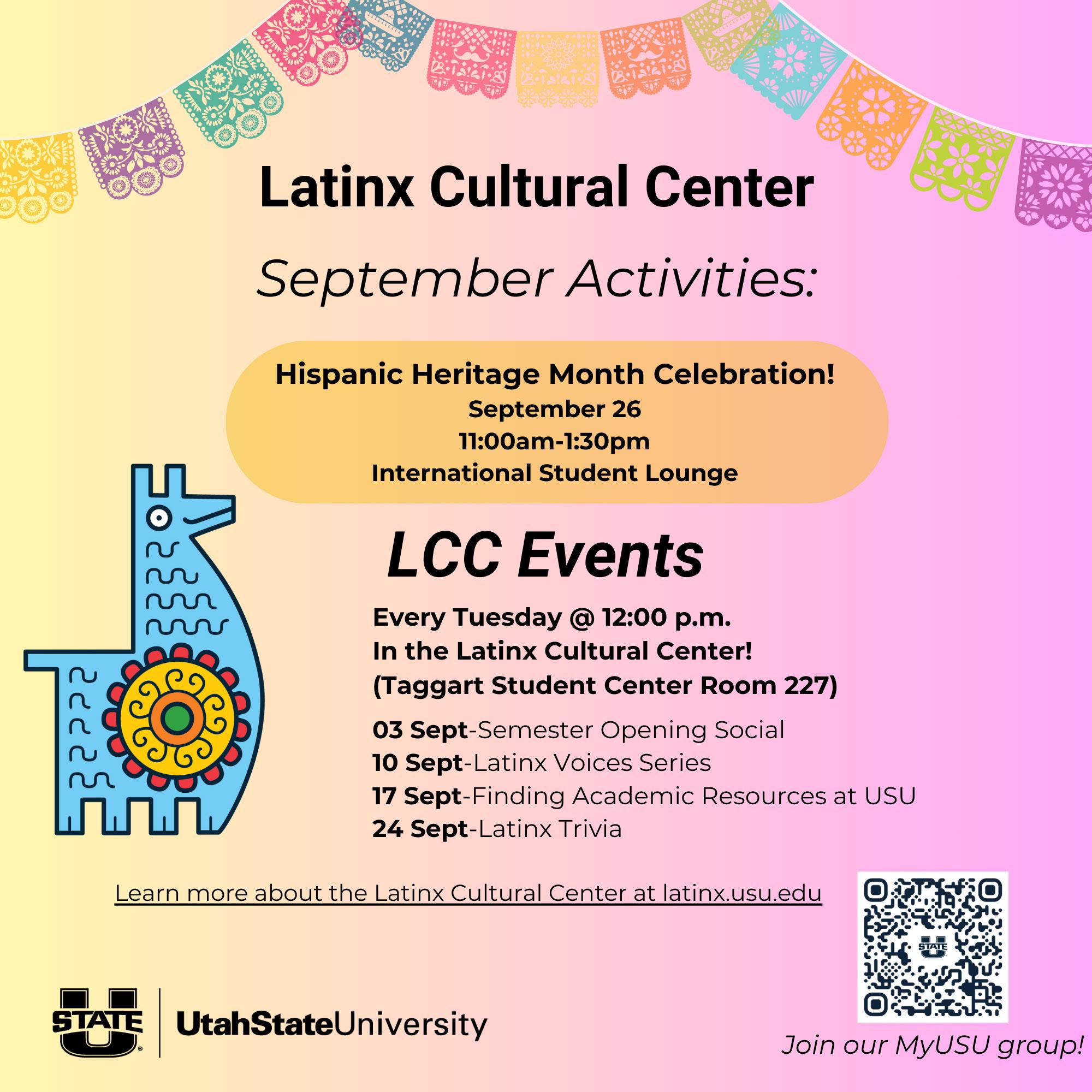
By Lacey Cintron STATESMAN REPORTER
From writing detailed research papers to conducting large scale data analysis, AI has taken on an unprecedented role in the past decade.
AI has completely altered the field of digital ethics, sparking new conversation and fierce debate. What will remain constant, however, is the presence of AI. Educators at Utah State University are well aware of this fact and are taking steps to adapt AI into a tool — students and professors can learn exactly how to do this via USU’s AI in Teaching workshops.
Neal Legler is the director of the Center for Instructional Design and Innovation and a presenter for the workshops.
“We’re trying to help faculty become comfortable and familiar with the technology themselves and also become better at helping students use it appropriately and effectively,” Legler said.
These hour-long workshops will take place throughout the school year, accessible via Zoom.
“Most faculty are coming to grips with the fact AI isn’t going away,” Legler said. “They’re wanting to understand how they can work effectively with students — to help students be prepared for the future while still having a good learning experience.”
Three different topics are currently being covered in these workshops, starting with Basics and Opportunities on Aug. 19. This first workshop aims to introduce Generative AI and instruct attendees on how it works, its benefits and its drawbacks.
“We introduce them to some of the many different AI-oriented tools available to them and to students,” Legler said. “Then we spend some time talking about the importance of defining their expectations regarding AI for their classes.”
Legler urges educators to place the objectives of their class against the usage of AI and weigh the benefits and risks of students utilizing it.
“We want them to think about their objectives and understand what it is they’re trying to accomplish,” Legler said. “Then take a look at their assignments, and say, ‘What is it that I can do now? What do I need to do with my assignments, acknowledging the existence of AI, to maximize student contribution?’”
According to a survey conducted by Intelligent.com, nearly a third of college students are using ChatGPT as of Feb. 2024. 96% of those surveyed reported using the program for schoolwork, with some using it to write entire essays. As more and more programs like ChatGPT become widely available, it’s become apparent to educators that Generative AI is something they’ll have to seriously consider when creating assignments.
“Maybe, instead of just turning in a single essay, they really focus their assignments on the writing process and then grade students on the writing process,” Legler said. “We also encourage them to try doing their assignment with AI, see if they can do it and what happens.”
Faculty will then format their AI policies based on what they’ve learned during the workshop.
“Some faculty want to say AI use is strictly prohibited,” Legler said. “There are also others who say AI use is permitted as directed within specific assignments. Then there are some who say to go ahead and use it — just be sure to use it responsibly.”
Faculty are also taught how to spot unauthorized AI use and the following actions to take once AI has been detected.
“It’s tricky — this is a hard thing for faculty to work through,” Legler said. “It’s not a fun conversation if you think maybe your student is being dishonest, so we talk through defining your syllabus, the university processes you would need to go through and some things you can do before going through these processes, like talking to the student.”
The workshop begins to look towards opportunities for enhancing a class through different AI tools.

“We start to get into how you can enhance and build up your course using AI,” Legler said. “What are some ways that you can use it to give students a more personalized experience?”
The next workshop focused on application, where attendees delved into prompt engineering and ways educators can leverage its use in perfecting lesson plans and activities. This workshop took place on Aug. 20.
“We pull up a couple different examples of things you could do with AI,” Legler said. “With ChatGPT, for example, you could create better content or create interactive activities.”
The workshop provides attendees with the chance to ask questions about their own class and come up with ways in which AI could suit their specific objectives.
“We’ll go back and forth asking about their class and just try some things,” Legler said. “We’ll pull up ChatGPT, set up some scenarios and work through them.”
Attendees will work through several specific examples, step by step, to better understand AI and how they can apply it in a realistic setting.
“We’ll take five specific tasks or things you would do as a teacher, plug in some prompts and use AI to do these tasks,” Legler said. “Maybe we’re using it to create a lesson, create variations of test questions or create an instructional image.”
As AI becomes further entrenched in the education and the professional world, new questions about ethical usage are inevitable.
Sharad Jones is an Assistant Professor of Data Analytics and Information Systems and has done research into ethical AI.
“AI, or machine learning, is trying to find patterns and data and use that to make predictions about the future,” Jones said. “There’s now a fundamental statistics question of, ‘Where did you get that data from? How is that data sampled?’”


Lacey Cintron is majoring in psychology. She loves learning about the human mind, sharing stories and naps. — a02388032@usu.edu
By Essence Barnes STATESMAN REPORTER
The ever-changing state of the climate, due to global warming and climate change, has increased interest in restoration sciences. The same is true at USU. The Restoration Consortium, first established at the university in 2017, was created in order to address and promote the recovery of aquatic ecosystems, including streams, rivers and wetlands.
The restoration and protection of these aquatic ecosystems is extremely important to sustaining a healthy environment, not only for plants and animals, but for people and communities.
Dominique Shore was brought on as the Restoration Consortium director in 2022 in response to the growth of the program, its courses and the students interested in environmental restoration.
“Having cleaner access to water is vital for human economies and our livelihoods as well as all of the reasons that we love living in Utah,” Shore said. “We’re living in a time of pretty extreme drought, and some of these restoration techniques can help keep water on the landscape longer.”
According to Shore, the founding of the Center was driven by the large number of world-class restoration practitioners working under the Watershed Sciences department at USU.
“We saw a need to get the research that we do here at USU to practitioners and to train that next generation of practitioners,” Shore said.
One way the program facilitates training a new generation of practitioners is through restoration workshops offered throughout the year to USU graduate students and working professionals.
“The workshops that we’re doing this summer are all based in Logan, so students travel from, really, all over the country to come to Logan and learn from our instructors here these ecosystem restoration techniques,” Shore said.
Some of the workshops apart of this summer series include Sediment Transport for Restoration and Design and Basic Wetland Delineation, both of which are hands-on and take place in the field.
“We’ll take students out into the field to do pebble counts to see what the average gravel size is and how geomorphologists will look at a river and look at sediment transport problems,” Shore said.
One of the instructors for the Basic Wetland Delineation workshop is Nate Norman, the owner of Balance Environmental, an environmental consulting company. Norman has been an instructor for this workshop for four to five years, and has been involved with wetland restoration through his company for even longer.
In this workshop, Norman teaches students how the vegetation, soils and hydrology of an area contribute to locating a legal boundary between uplands and wetlands, a line that is often blurry.
It is critical to go through the process of delineation and find this boundary in order to protect the delicate

Ducks float around First Dam Park on Aug. 22.
ecosystems inside of wetlands and the services they provide to the environment.
According to the United States Environmental Protection Agency, these services include “protecting and improving water quality, providing fish and wildlife habitats, storing floodwaters and maintaining surface water flow during dry periods.”
“If anybody was doing a development or building a house, they would have to make sure that they avoided the wetlands,” Norman said.
The skills these students will be taught to conduct a wetland delineation will include digging up and testing soils and identifying and classifying surrounding vegetation, all of which take place in the field.
“We’re doing just the same kind of things that I do on a daily basis for work,” Norman said. “They’re getting a real life experience on what it is like to do a wetland delineation.”
These workshops offered through the Restoration Consortium are unique in their hands-on aspect and in their material, which prepare students and professionals alike for careers in restoration sciences.
The program includes other types of restoration, such as beaver mimicry, beaver translocation, wetland restoration and sediment transport, all taught by faculty with prior experience or education in those fields.
“It’s a great opportunity for USU students to become more engaged with what is really going on in the workforce when they leave school,” Shore said. “Giving these people the skills to improve their watersheds on a really broad scale is really powerful.”


ESPRESSO is a show hosted by Landri LaJeunesse, providing 60 mgs of your favorite music every week! When she’s not ordering an Americano with cream, Landri enjoys all things music. From folk to classic rock, she likes her playlists like she likes her coffee: In every form! You can get your fix of RADIO ESPRESSO live Wednesdays @ 10am on AggieRadio.




Essence Barnes is a student who can’t come to terms with deciding a major. She enjoys reading, writing and spending money she doesn’t have on coffee.
— a02413313@usu.edu
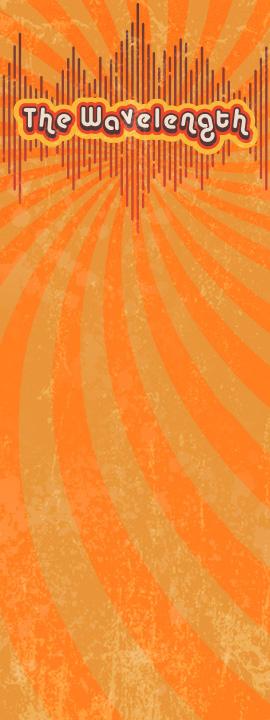





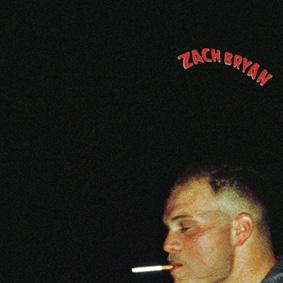

By Layla Alnadar STATESMAN REPORTER
For many students, the first week of college can be a foggy experience to navigate. It can also be a bright and expansive time to try new things and meet new people. Utah State’s Weeks of Welcome take place the first two weeks of the year, offering incoming students tons of opportunity to familiarize themselves with campus, get involved with clubs and organizations and connect with others.
Weeks of Welcome is a collection of events, shows and activities open to all students from Aug. 26 to Sept. 7. Hosted by USU Student Events, it’s planned to be a time for students to get involved and learn about academic, professional, leadership and extracurricular opportunities.
Halle Hart, a senior studying recreation administration, is highly involved at the university and urges students to make the most of their first few weeks.
“It’s the best time for incoming students to meet people and get to know campus better,” Hart said. “From dances to High Stakes Bingo to Day on the Quad, there’s a variety of things for people to enjoy.”
The event opens with the Festival on the Quad. Utah State’s historic courtyard is lined with carnival games, food trucks, live music performances and inflatables. Local bands The Moonspinners, Wednesday Somewhere and Little Jam are set to perform live music.
Ashlynn Smith serves on the Executive Council for USUSA. She plans and manages student events and extracurricular activities.
“Weeks of Welcome is super exciting because we have free events going on every day for the first two weeks of school,” Smith said. “There is so much to do.”
Perhaps one of the most famous events, Day on the Quad, takes place Aug. 28. It’s a time for students to connect with peers, learn about different communities and

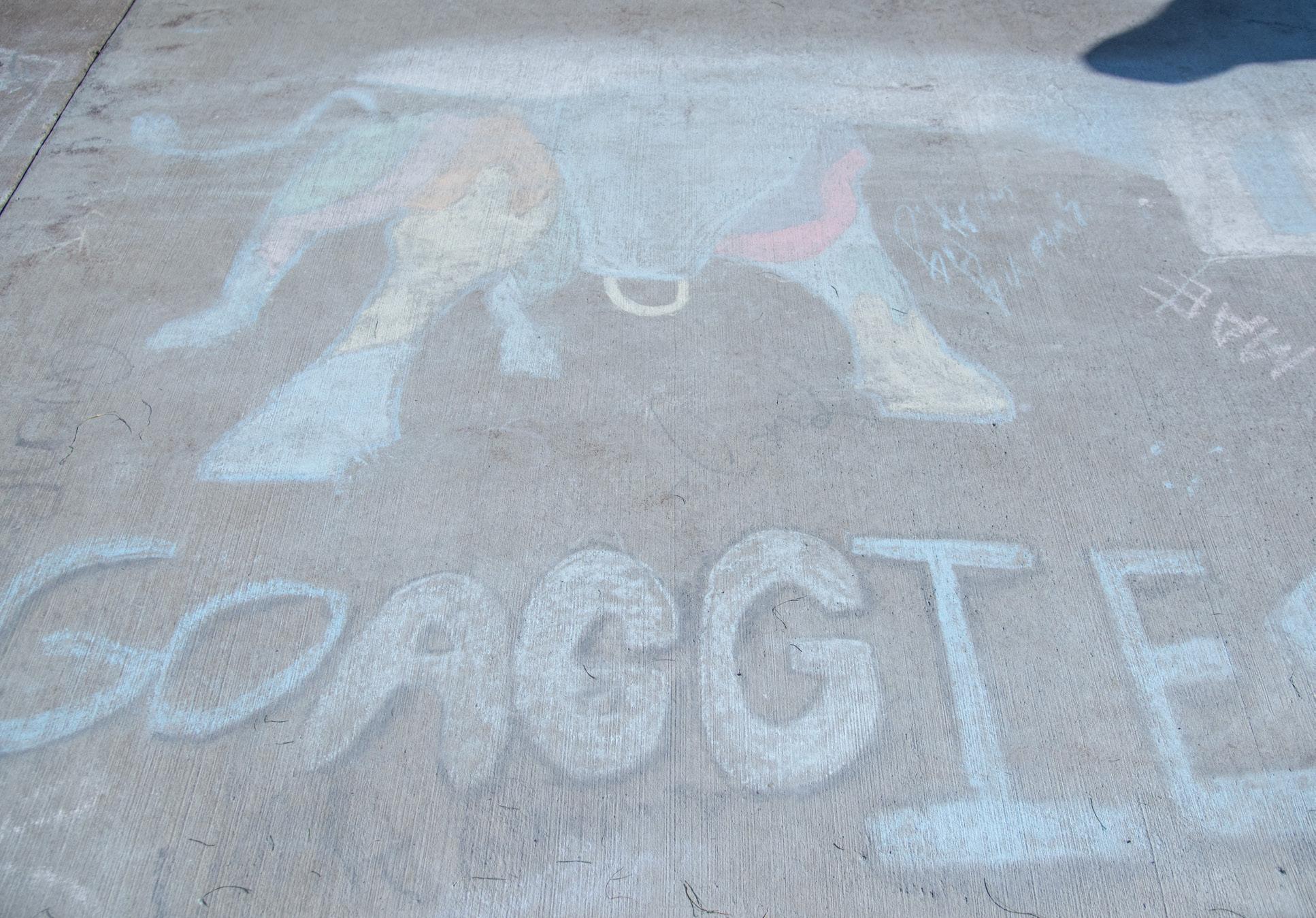
get involved in ways that can enrich college experiences. The event draws in over 4,000 students annually and hosts over 300 campus organizations.
Students can enjoy a movie at Old Main, Utah State’s oldest structure built on campus, on Aug. 29. This year’s showing is “Monsters University.”
The HURD, a student-led organization meant to bring school spirit, will host a campout on the Quad on Aug. 30.
Following the campout, The Big Agg Show will showcase artists Guava Tree, Bonneville, Hartebeast, Hurtado, Shadow Work and The Last Wild Buffalo.
The festivities carry on to the next week with High Stakes Bingo on Sept. 3. Students can sign up for tickets and enter to win prizes for the tradition.
Celebrations conclude with a USU classic: Poetry and a Beverage. PoBev is a monthly event that allows students to showcase their talents and enjoy live art. Students can attend the first PoBev of the year and watch live performances on Sept. 7.
In addition to parties and events, the university aims to provide varying types of resources for students. Counseling and Psychological Services, a division of Utah State’s Student Affairs, offers short-term counseling and other mental health resources. CAPS has many services ranging from consultations to workshops.
The Student Nutrition Access Center is a food pantry located on the third floor of the TSC. Students can stop by SNAC once a week for complimentary food items.
Aggie Wellness offers holistic solutions and resources for mental health, physical health, fitness and recreation. It aims to provide well-rounded support by emphasizing all
aspects of a student’s well being.
The Career Design Center helps students manage their professional and academic life. It offers guides and resources for job-searching, building a resume, networking, interviews and more. Career Specialists are available to help navigate choosing a major or minor, finding an internship and managing admission into graduate school. USU is known for its proximity to the wilderness and mountains. Many students take a walk, hike or picnic at First Dam Park, less than a 5-minute drive from campus. There’s resources all over campus for students interested in joining clubs, getting involved in groups or looking for mental health resources.

Layla is studying public health. She loves music, hiking, writing and the sun.
— a02414012@aggies.usu.edu




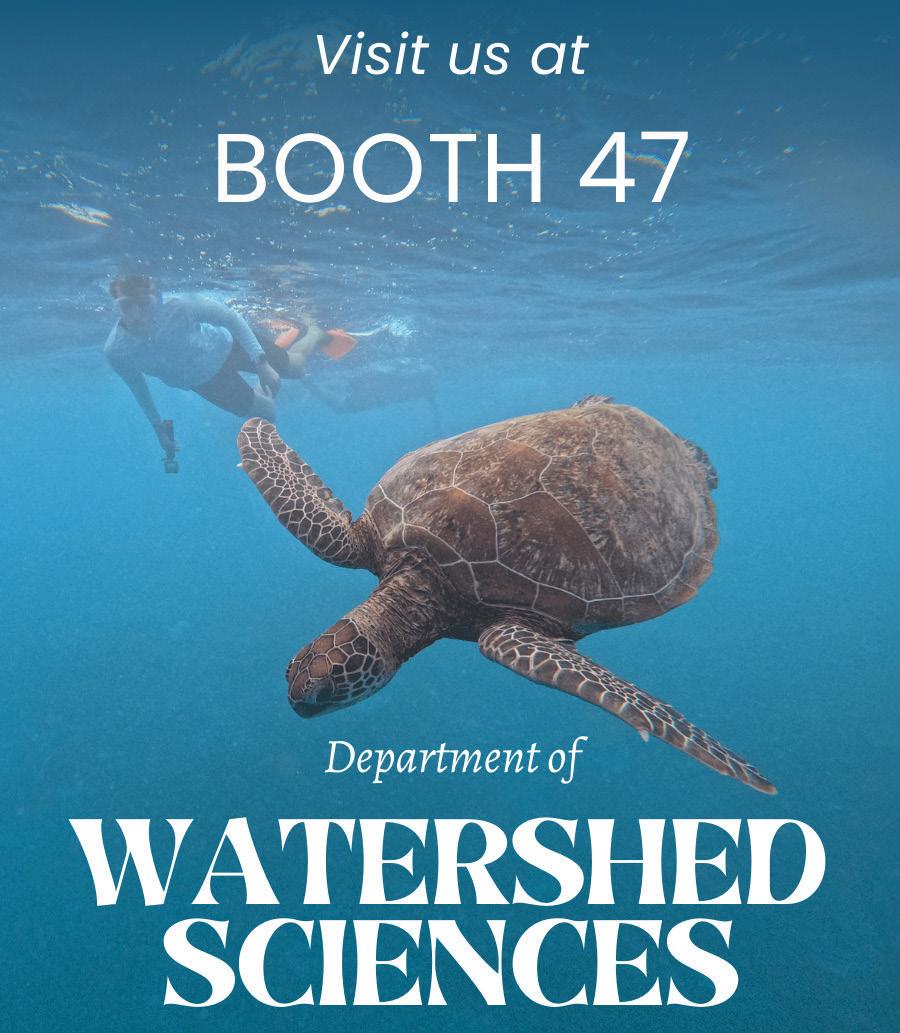
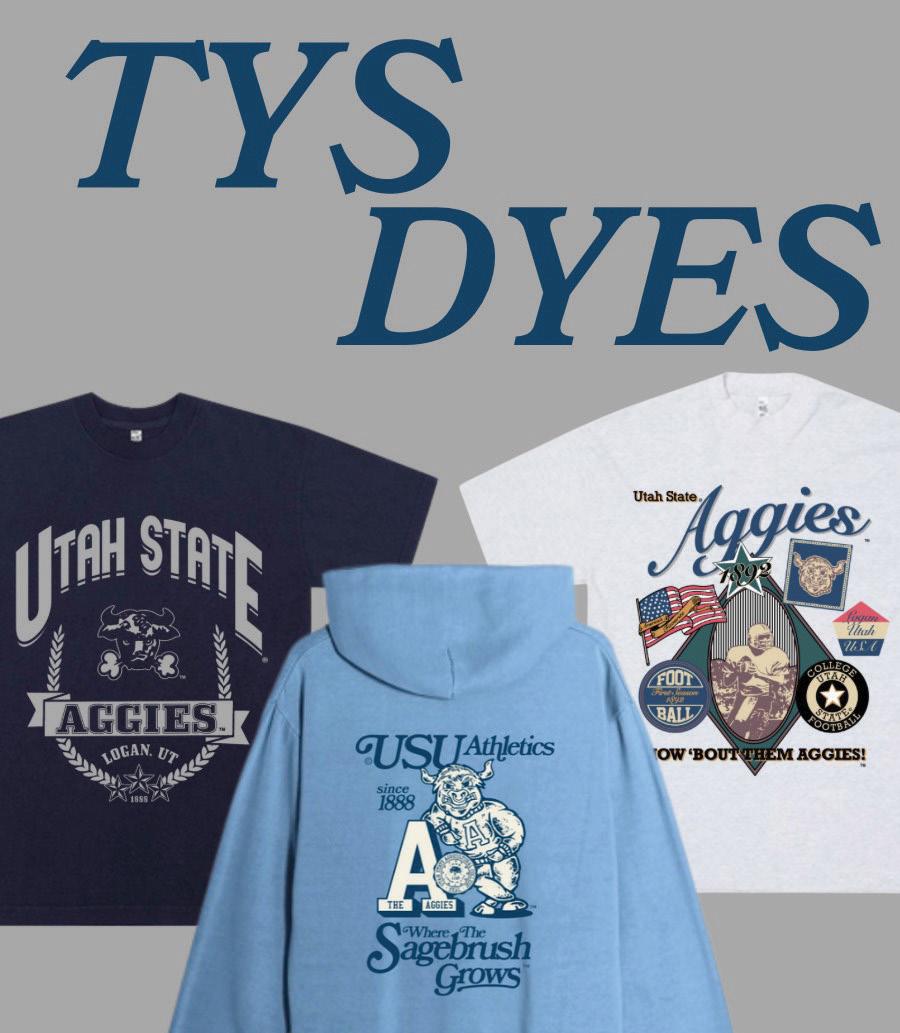




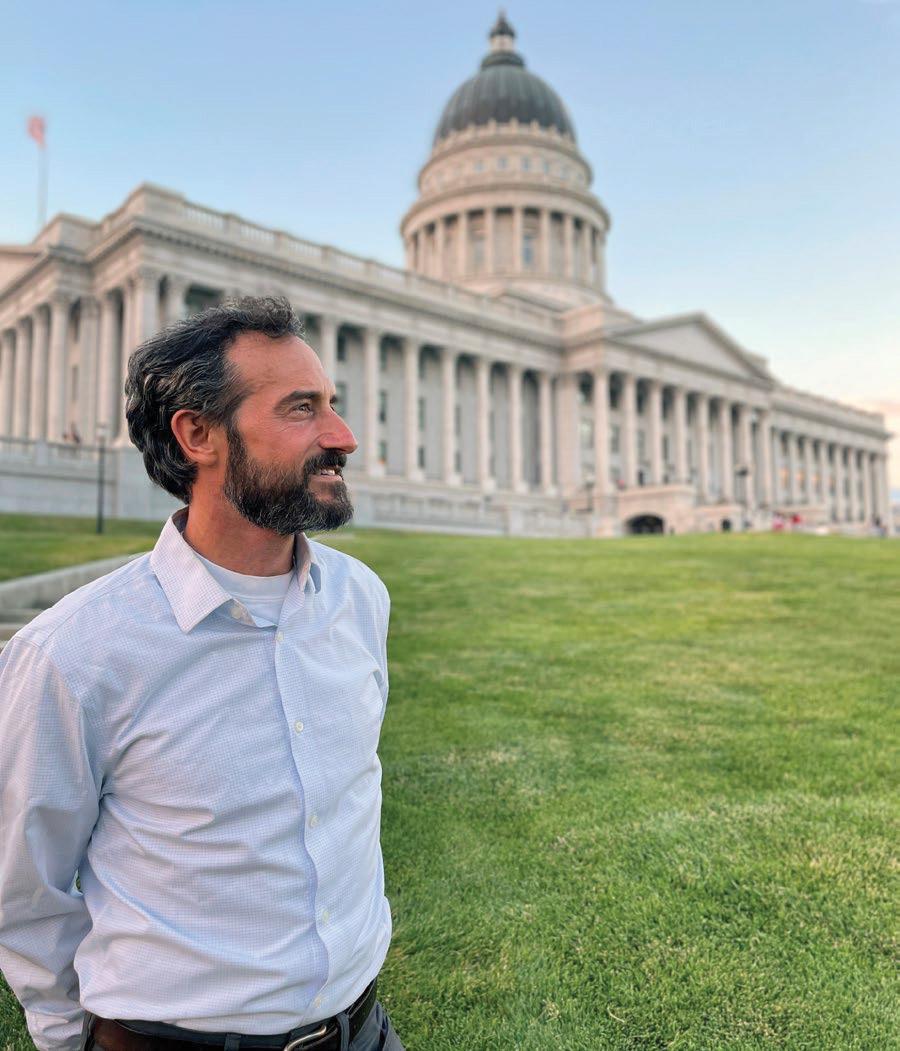

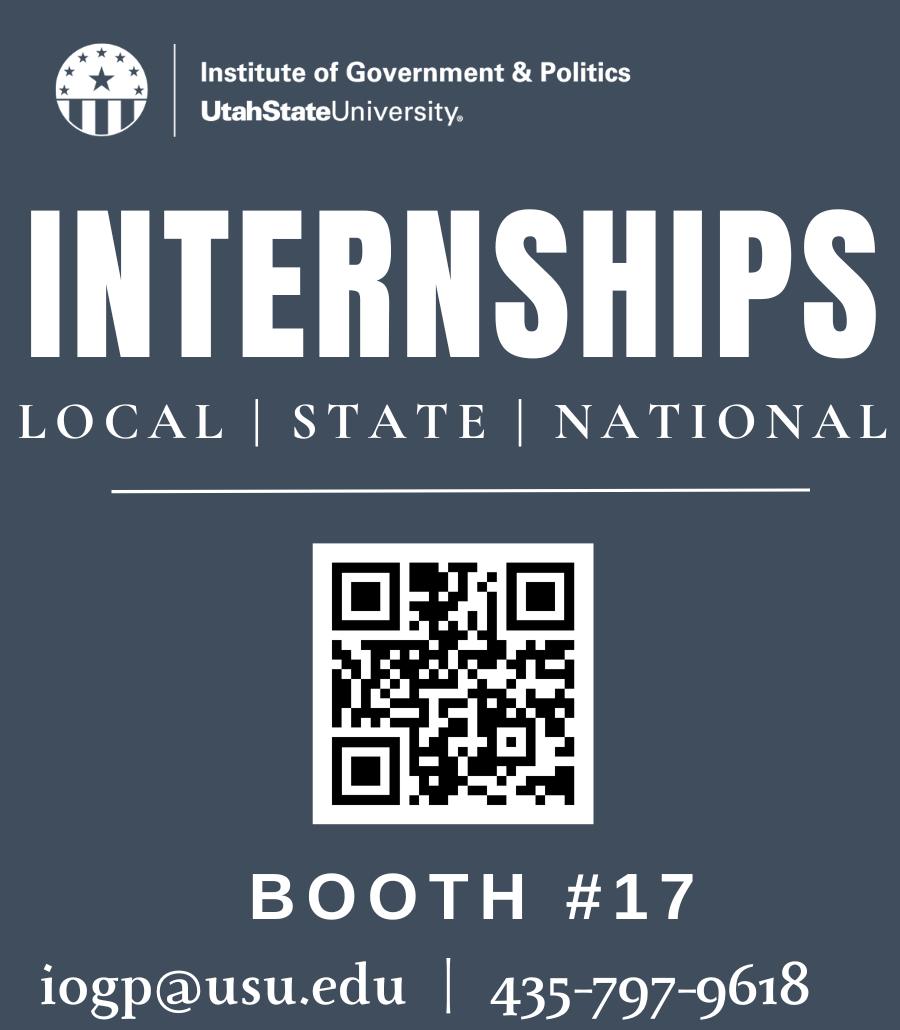




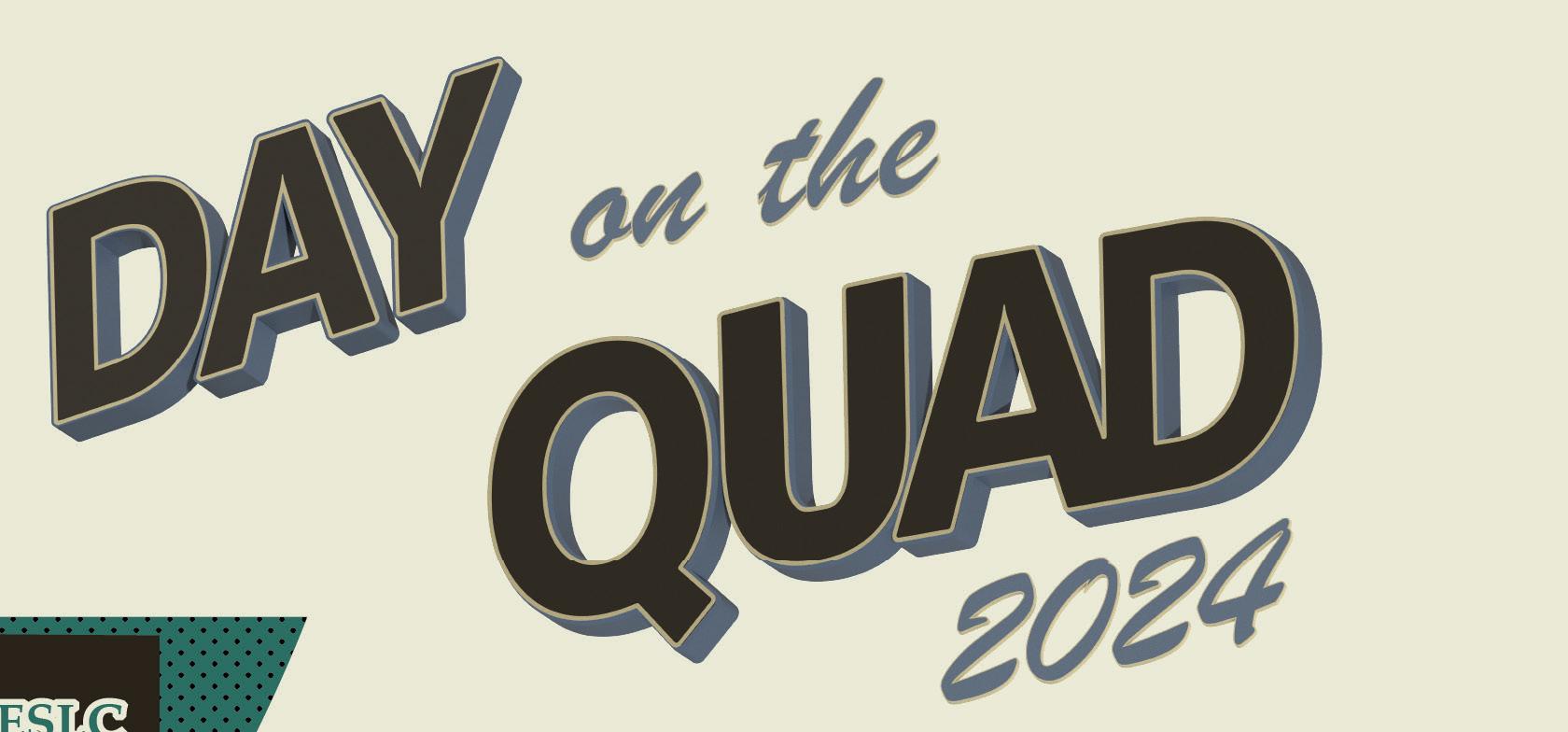

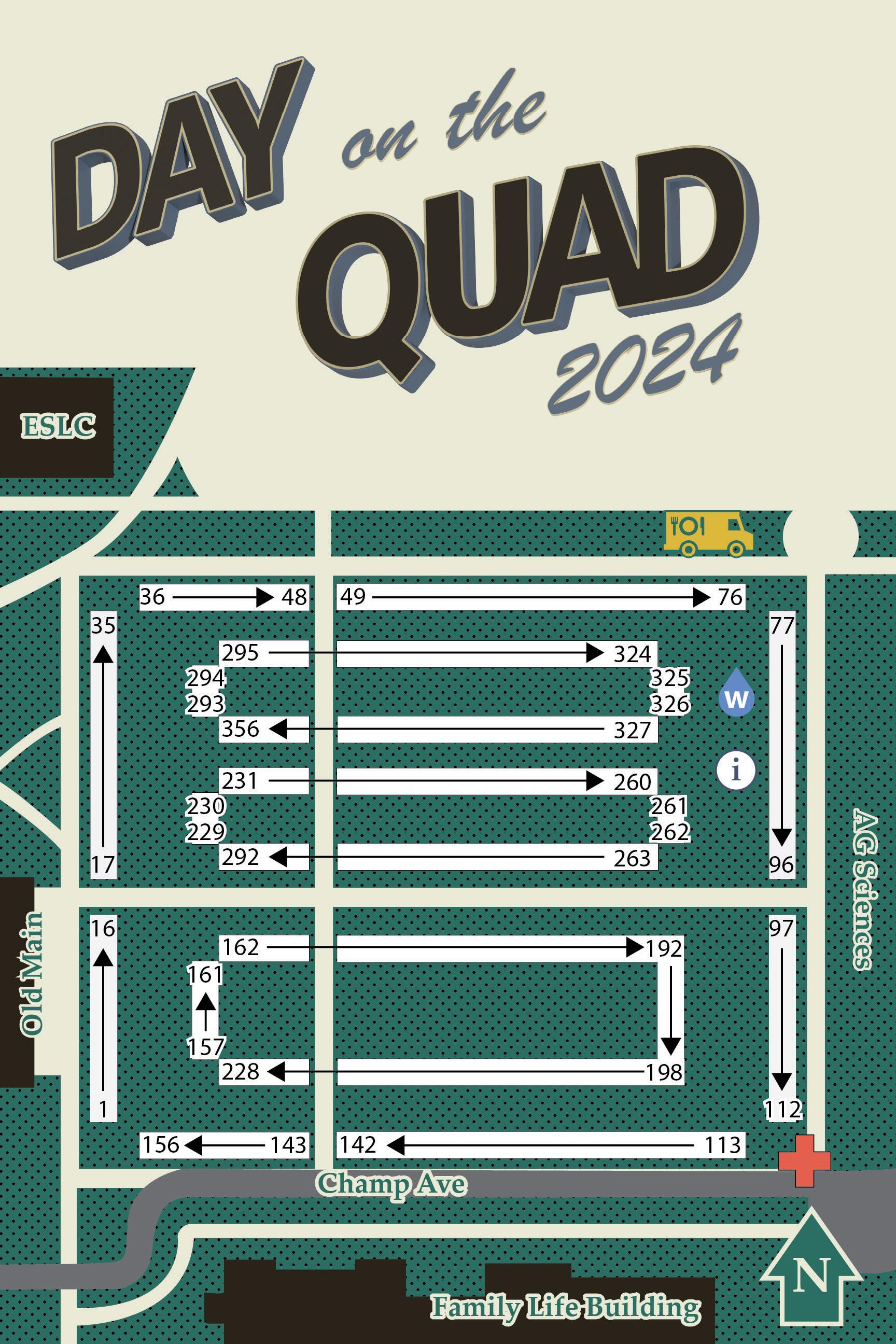




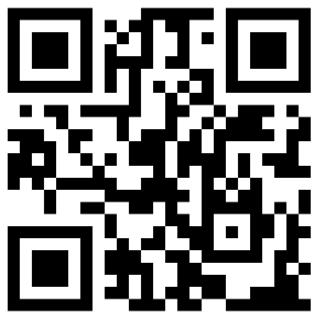








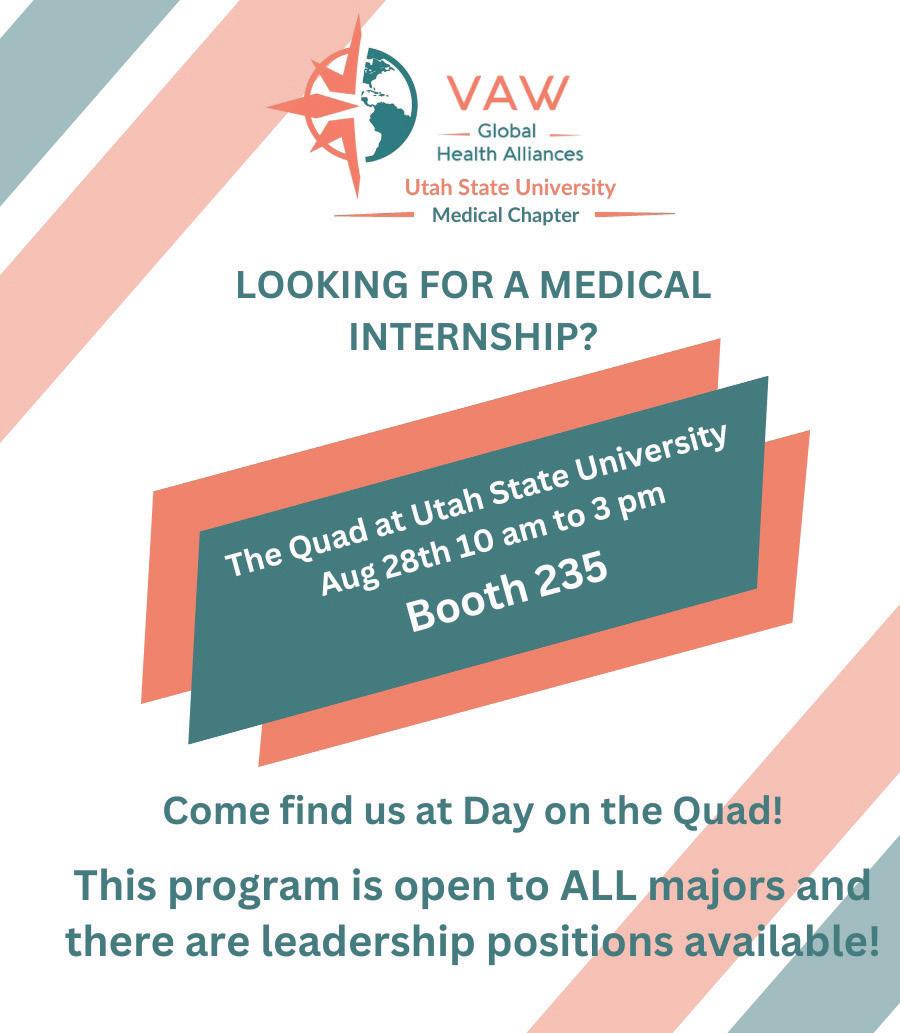







By Mark Greenwood SPORTS REPORTER
Utah State Football has had quite a turbulent season so far, and they have yet to play a down of football. On July 2, Utah State placed former head coach Blake Anderson on administrative leave before officially announcing his firing on July 18. Amid swirling storylines and accusations from both sides, Utah State moved on and promptly announced their plans for the coaching staff for the upcoming season.
Under two months away from the season opener, the Aggies had very little time to start a hunt for a new head coach. On July 2, the same day coach Anderson was placed on administrative leave, the athletic department announced that defensive coordinator Nate Dreiling would step up as the interim head coach for the 2024 season. After several weeks, Dreiling and the team announced further additions and role adjustments to the coaching staff. With the Aggies just days away from their first game of the season, this is a look at some of the recent changes to the staff.
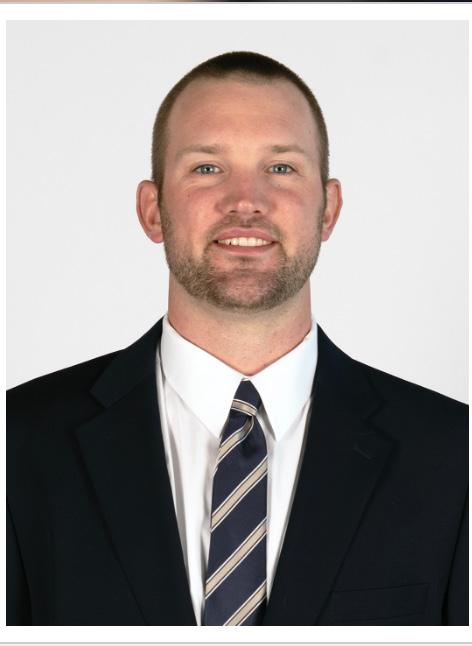
Head coach Nate Dreiling is in his first year at Utah State after being originally hired as the defensive coordinator on January 10. Dreiling is entering his tenth season as a collegiate coach and now his first in a head coaching role. Dreiling came to USU after spending the last two seasons with New Mexico State University, serving as defensive coordinator in both of those seasons.
New Mexico State claims a 17-11 record over the last two years, ending both seasons with a bowl appearance. During the 2023 season, the NMSU defense led Conference USA, allowing just 22.8 points per game under Dreiling’s direction. Dreiling was hired in January as the new defensive coordinator, replacing Joe Cauthen. Even before his new promotion to head coaching duties, Dreiling had a tough task ahead of him in rehauling the struggling Aggie defense. During the 2023 season, Utah State ranked near the bottom of the Football Bowl Subdivision in a list of defensive categories that includes total defense, rushing defense, scoring defense, turnover margin and others. Despite all the adversity he’s already faced coming into the 2024 season, coach Dreiling doesn’t appear too overwhelmed.
“As you know, there’ve been twists and turns all over the road this summer,” Dreiling said while addressing the media in early August. “There’s been a bunch of adversity, but in that, you can already see what these kids are going to show.”
Dreiling reiterated the importance of not letting circumstances define them and moving forward in the
face of difficulty. Entering fall camp, that has been the focus: advancing toward the season opener and not dwelling on summer woes.

Nearly a month after being named the interim head coach, Dreiling and the team announced additional minor changes within the program. One of the most notable of those changes was the promotion of Kyle Cefalo to offensive coordinator. Cefalo has been in Logan since 2021 and is now entering his fourth season with the Aggies. This will be Cefalo’s first season as the outright offensive coordinator, but he is familiar with the demands of the primary play caller. Cefalo spent the 2023 season as the co-offensive coordinator, with head coach Blake Anderson primarily filling the position.
Cefalo has been the wide receiver coach and passing game coordinator for Utah State during his three seasons with the team after spending the previous four seasons as the wide receiver coach at Arkansas State. Cefalo also spent his last two seasons in Arkansas as a special teams co-coordinator and brings plenty of offensive prowess to the job.
During his tenure at USU, Cefalo coached some of the most illustrious receiving seasons in school history. Utah State’s 2021 campaign saw wide recievers Devin Thompkins break three Utah State individual receiving records. Just last season, Jalen Royals set the singleseason receiving touchdown record, hauling in 15 touchdown passes and posting over 1,000 receiving yards for the season. The Aggies finished both the 2021 and 2023 seasons in the top 25 in the country in total offense.
In addition to the responsibility change of Kyle Cefalo, the Aggies announced on July 31 the addition of Troy Morrell, who will come to the program as an associate head coach and senior offensive analyst position for the upcoming season.
seasons, 15 of which as the head coach.
For a younger head coach such as Dreiling, Morrell provides experience and tranquility, which might come in handy for the Aggies on the sidelines this fall. In his time with Butler CC, Morrell led the program to three NJCAA National Championships and was awarded NJCAA Coach of the Year five times.
Despite the off-season turbulence, the new head coach and his staff are feeling confident going into the 2024 season, especially on the offensive end.
“Offensively, I feel like if we can protect the football, we will be very challenging to stop,” Dreiling said after the final scrimmage of fall camp on August 17. “They are so talented. They move so fast, and there is really not a weakness.”
After some initial concerns about the defense, Dreiling was encouraged after their second scrimmage performance.
Utah State was picked to finish seventh in the Mountain West Conference this season out of 12 teams. USU’s highoctane offense and recent offensive success should give Aggie fans reason to be optimistic and will undoubtedly be the bright spot for coach Dreiling and his team. Amidst the uncertainty from the off-season and the lingering questions on defense, it is hard to know where exactly Utah State falls in the Mountain West picture.
Despite all the unknowns, Dreiling is confident in his guys and his staff heading into the season.
“I just feel more confident in the world that they’re just going to come out swinging, and they have a huge chip on their shoulder,” Dreiling said during Mountain West Football Media Days in July.
Utah State will put their confidence to the test during their season opener against Robert Morris on August 31 at 6pm at Maverik Stadium.

Coach Morrell comes to Logan with extensive coaching experience at the National Junior College Athletic Association level with the Butler Community College Grizzlies, where he coached for 19
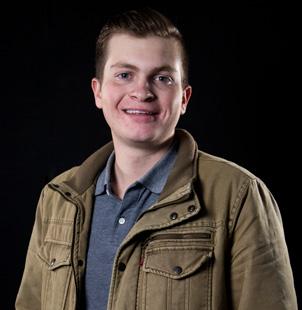
Mark is a sophomore studying economics and finance. He’s an avid LA Dodgers fan and loves playing tennis and skiing.
— a02361802@usu.edu
By Ashley Dorius SPORTS REPORTER
The TSC has hung up a sign to inform students of HURD events. After spending a year working to design, approve and build, students now have a tangible reminder of sporting events and activities.
The sign, which hangs on the wall on the patio by the Hub, will be updated weekly by the HURD committee with upcoming events from varsity sports, club sports and HURD-sponsored activities. The HURD committee believes that having a physical reminder in a place where students frequent will help students remember events and feel like a greater part of the HURD.
“The purpose of our sign is to give the opportunity to have every student involved on campus,” said Jessica Ulrich, who works for student involvement as program coordinator for the HURD, along with other USUSA clubs and Athletics and Campus Recreation. “We wanted to meet students where they’re at.”
The HURD committee saw the need after realizing that not all students have or frequently use social media. Ulrich shared that they sometimes get DMs on the HURD Instagram account with students explaining they would have loved to go to a game or event but were not aware it was happening. The sign provides a way for these students to also know about HURD events.
The HURD sign will have lists with dress codes, tailgate times, gate opening times, possible giveaways and
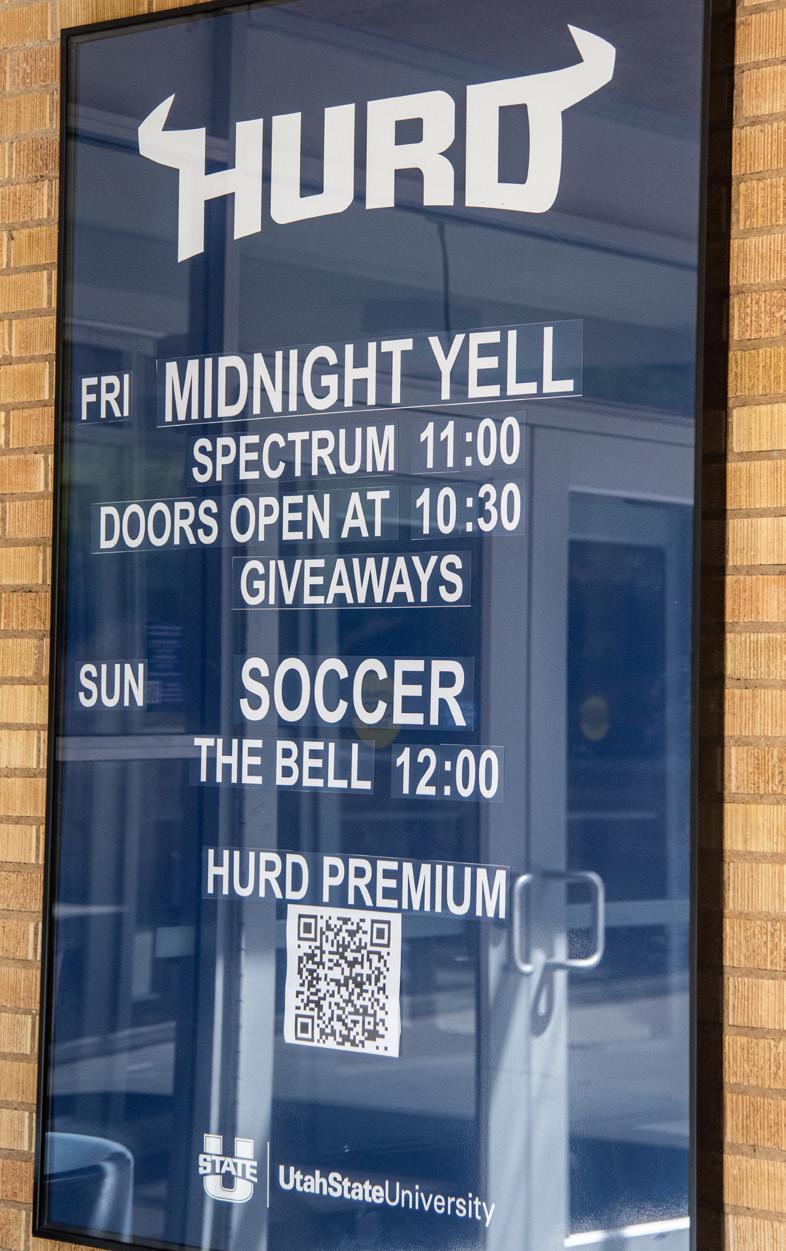
more so students can fully understand what’s happening on game day.
There were several steps for bringing the sign to life, but the HURD committee expressed gratitude to all who helped in the process. Dallin Wilson, the Athletics and Campus Recreation Executive Director, explained the committee originally thought of doing a marquee with flashing lights before they realized the logistics would be a bit difficult. They brought several designs to the sign committee, which approves all USU signage. The two committees collaborated to settle on a design, and the director of the TSC Ray Cheatham provided a visible spot where students could see events.
“Ray was very willing for us to work with us to be able to put up the sign somewhere in the TSC because he recognized it was something that we’re doing for students,” Wilson said. “The TSC’s purpose is to serve students.”


Ashley Dorius is a sophmore studying Journalism. She would be devestated if Travis Kelce and Taylor Swift broke up.
— ashley.dorius@usu.edu
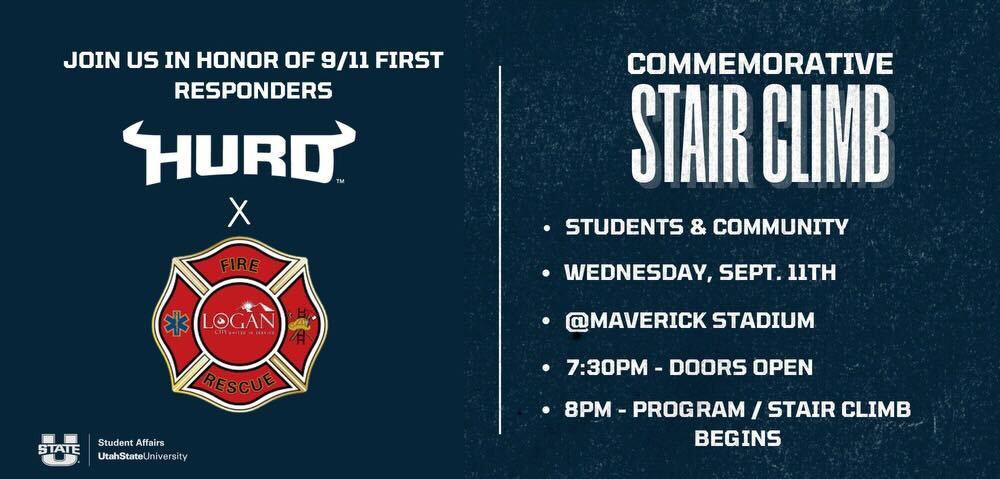
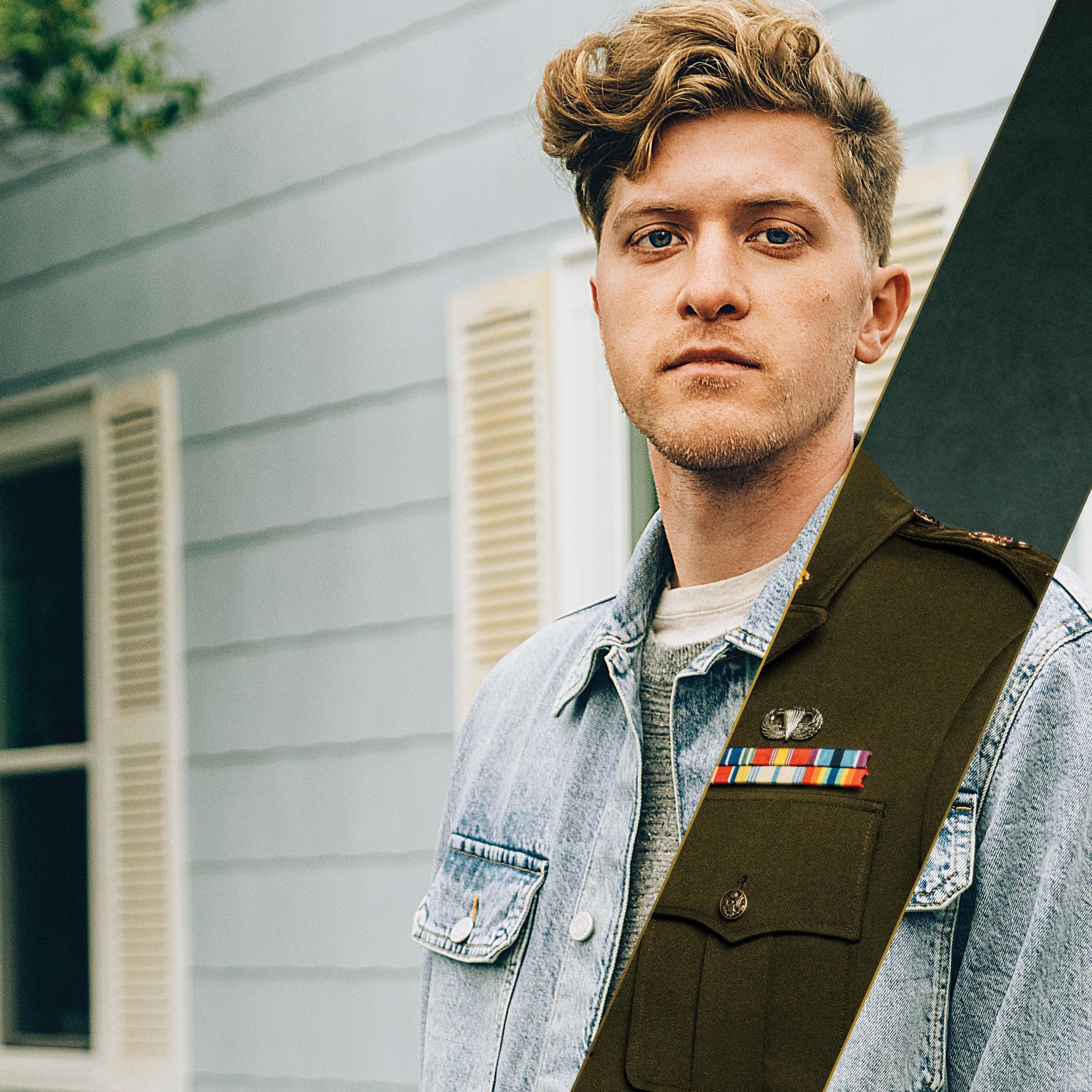

By Leah Call STATESMAN REPORTER
This book punched me right between the eyes. It’s 447 pages of pure punk poetry.
When you dive into “Please Kill Me: the Uncensored Oral History of Punk”, you’re not just reading a book — you’re stepping into a pulsating, anarchic world that redefined music, culture and rebellion. It isn’t merely a chronicle of the punk movement — it’s an immersive, visceral and unapologetic experience. This book is a masterclass in capturing the revolutionary and unfiltered reality of punk rock. I loved every page.
Co-author Roderick Edward “Legs” McNeil is a founding member of Punk magazine, and his ability to capture the chaotic nature of the punk movement is what makes this such a standout work.
“Why don’t we call it punk?” McNeil asked when deciding what to name his magazine. “The word ‘punk’ seemed to sum up the thread that connected everything we liked — drunk, obnoxious, smart but not pretentious, absurd, funny, ironic, and things that appealed to the darker side.”

What makes this book so compelling is its oral history format. By letting the participants speak for themselves, the authors allow the power of punk to shine through. By no means does anyone in this book come off as an angel. It seems that in the ‘70s, being on the fringes of society gave you license to be an asshole. But each voice brings a unique perspective, from the chaos of the Ramones’ early gigs to the poeticism of Patti Smith’s performances. It captures the triumphs and the tragedies of the whole movement.
The Ramones, often hailed as the forefathers of punk, come across as both endearing and lawless. Their relentless drive to simplify rock music, stripping it down to its bare essentials, is both celebrated and critiqued by them. The interviews reveal the band’s internal struggles, their ambitions and their profound impact on the music landscape. You can almost hear the buzzing guitars and feel the sweat-soaked energy of their early performances as you read their stories.
most prominent venue, CBGB’s. The band fused elements of garage rock, proto-punk and avant-garde influences, proved by their 1977 debut album, Marquee Moon.
“The scene definitely started snowballing, CBGB’s was clearly where things were happening, from the first time we played there,” said Television bassist Richard Hell. “We were really unique. We were these notch-thin, homeless hoodlums, playing really powerful, passionate, aggressive music that was also lyrical.”
The word ‘punk’ seemed to sum up the thread that connected everything we liked — drunk, obnoxious, smart but not pretentious, absurd, funny, ironic, and things that appealed to the darker side.
— Legs McNeil
MC5’s contributions are equally compelling. Known for their explosive live performances and radicalism, MC5’s members recount their experiences with a raw honesty that’s both captivating and sobering. Their commitment to blending music with political activism is a testament to punk’s broader cultural significance. The movement was really as much about ideology as it was about sound.
The Velvet Underground, led by the enigmatic Lou Reed, offer even more depth to the punk story. Their experimental approach to music and their influence on the punk aesthetic is a reminder that the movement’s roots are deeply entwined with a broader artistic rebellion that influenced the punk explosion of the ‘70s.
Patti Smith is punk personified. Her infusion of poetry and punk music offer a glimpse into how punk was not just a sonic revolution but a deeply personal and artistic journey. Smith’s voice in the book is a powerful testament to the intellectual and emotional aspects of the movement. One of my favorite chapters centers around Television.
Formed in 1973 in New York City, Television was a pioneering band in the scene, starting their career at punk’s
Punk rock isn’t just a genre. It’s a cultural phenomenon that emerged from the fringes, challenging norms and shattering tradition. Please Kill Me stands as a testament to this explosive spirit, offering a glimpse into the unpolished lives of punk’s most influential figures. This book is a mosaic of firsthand accounts, stories and confessions that weave together forming a vivid portrait of punk’s turbulent, transformative and drug-infused era.
If you want to feel like you’re standing in the back of CBGB’s with a pint of beer in your hand, guitar riffs, screaming vocals in your ears and the electrifying feeling that you’re a part of something bigger than yourself, I’m begging you to read this book.

Leah Call is a senior studying print journalism. When she is not furiously studying the AP Stylebook, she enjoys listening to the Velvet Underground and reading the wise words of Patti Smith in her beloved blue hammock. — leah.call@usu.edu


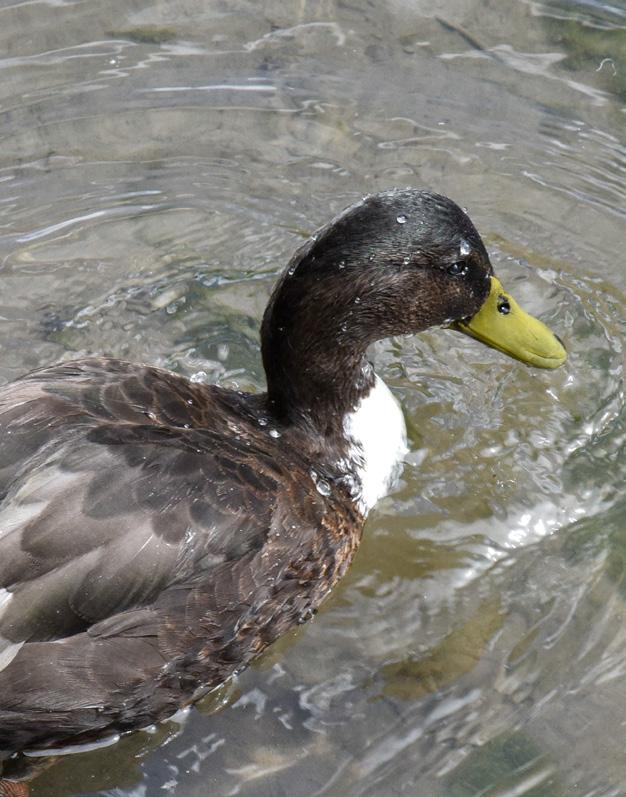
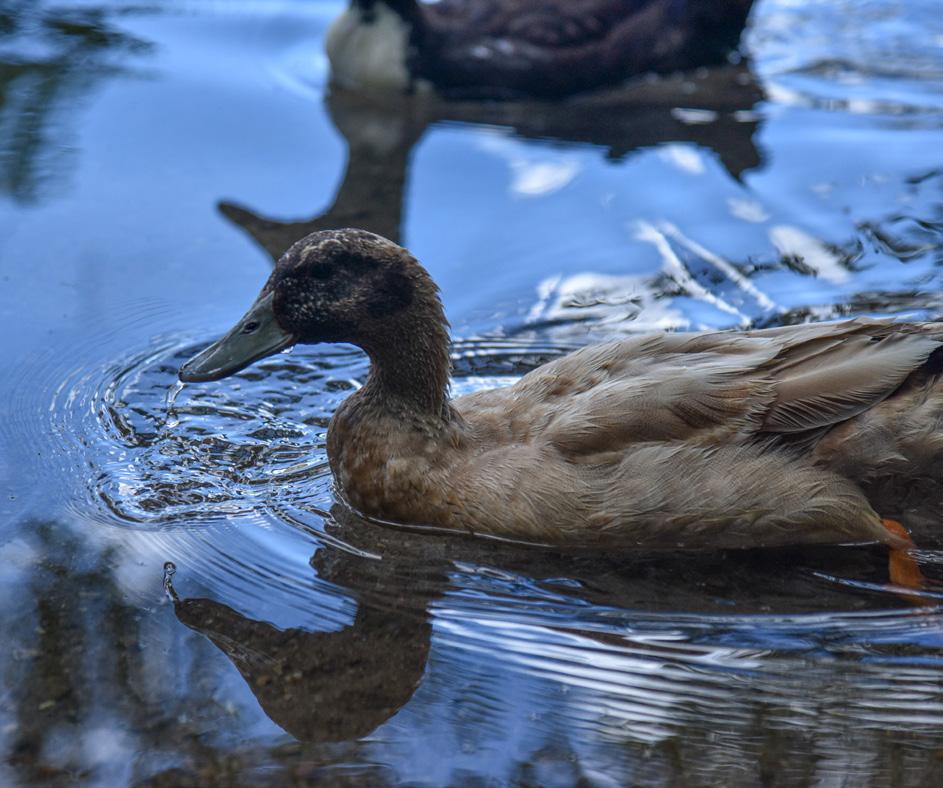

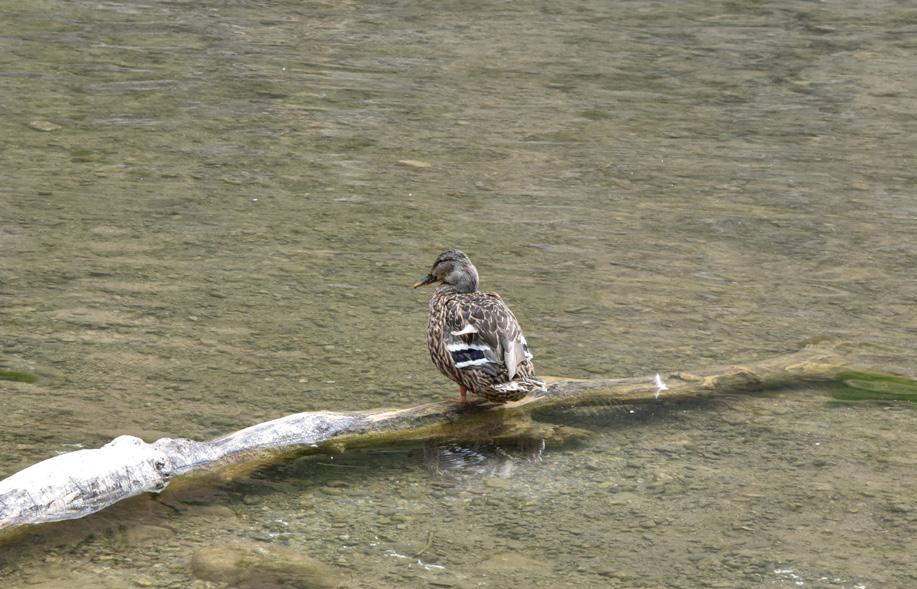
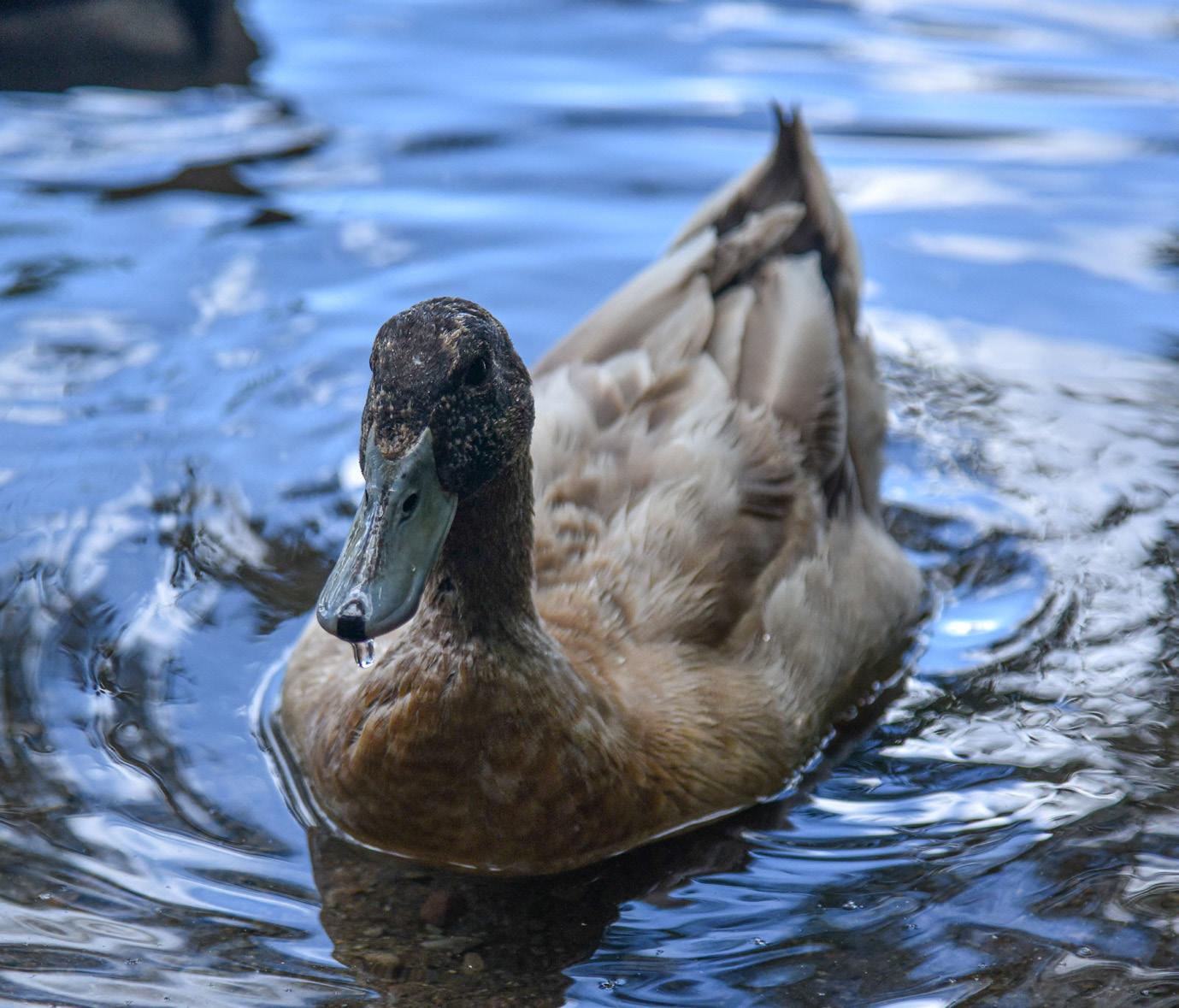


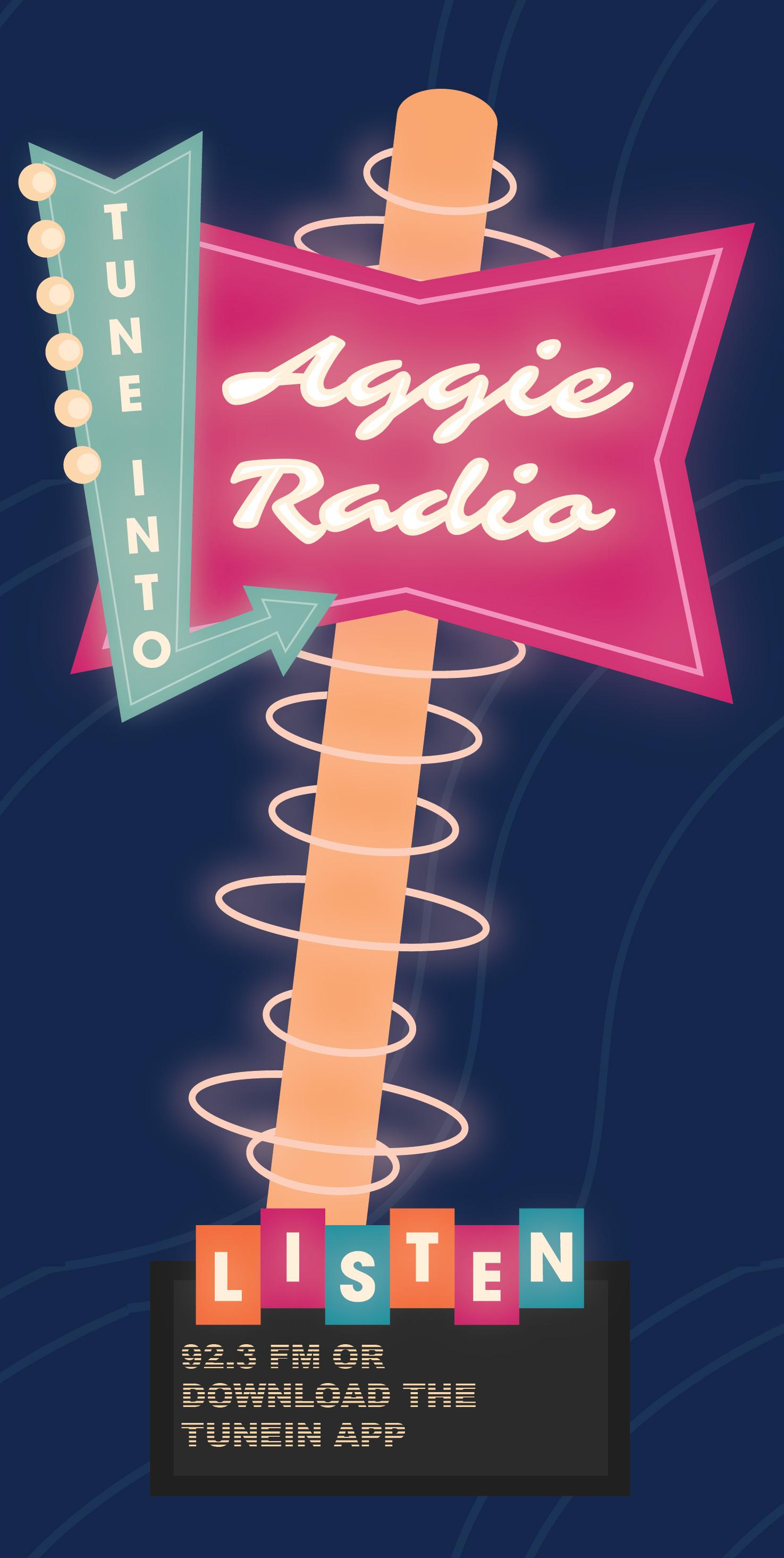
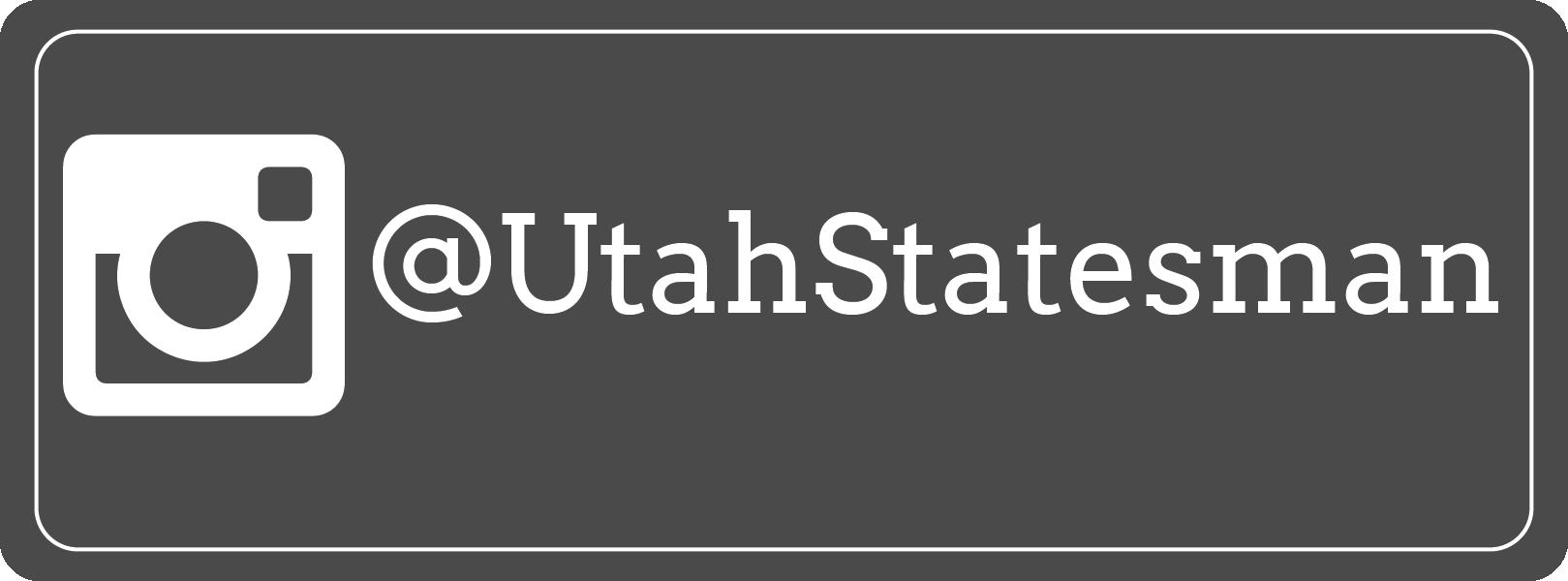

www.sudokuoftheday.com.


